 |
 |
 |
| |
Lower Long-Term Risk or Death or AIDS With Lipoatrophy or Lipodystrophy
|
| |
| |
HIV Drug Therapy, Glasgow Oct 23-26 2016
from Jules: as the authors Conclude any lipodistrophy or lipoatrophy was a proxy for effective viral suppression. These patients started therapy in 1996-1996 right after the advent of HAART & protease inhibitors & efavirenz, when body changes were common & very disturbing; in fact this study reports 42% of patients reported lipoatrophy & 22% belly (VAT) fat. To this day these affects live with these patients, as research was unable to find a way to undue this harsh affect. Treatments today do not have the same impact, fat changes - fat loss & fat gain - does still occur but at much lower rates. Yet we appear to have given up & have moved on in trying to address these horrendous life altering bad affects. These patients' great concerns of fat changes have been pushed aside, which reflects the aging issue, many have ignored the implications of aging affects on older HIV patients - the all too often multiple comorbidities - falls, fractures, brain & cognitive disorders - and the social impact - depression, isolation, difficulties in daily functioning- walking, gait, and on and on.
These authors did find increased rates of hypertension & diabetes & lipids for patients experiencing lipodystrophy, without doubt these comorbid conditions will NOT have a good affect on long term health outcomes - morbidity & mortality.
So, a good study would be very useful in tracking these patients & their long ten outcomes as they age past 65, the affects of body changes on development of comorbidities - kidney disease & hypertension, brain function, frailty, heart disease, fractures, gait/walking disabilities & daily functioning and mortality. This would be informative & I have no doubt would result in increased comorbidities, and mortality.
As well, what are the long term affects as patients age past 65 who have had these lipodystrophies, what are the social impacts these affects have had on the psyche of patients. Many have had surgical procedures to fix the facial fat loss, yet still mental affects likely persist even for these patients as well.
Mark Mascolini
HIV patients with lipoatrophy or overall lipodystrophy had a higher long-term risk of hypertension or diabetes than people without lipoatrophy or lipodystrophy, but they also had a lower risk of death or AIDS events [1]. Any lipoatrophy or lipodystrophy was also associated with better long-term HIV control and higher CD4 counts in this 500-person, 20-year analysis.
Work published 5 years ago sought to link lipodystrophy to a higher risk of premature aging and comorbidities in people with HIV [2,3]. But because the long-term impact of lipodystrophy on morbidity and mortality remains poorly understood, researchers working with a Spanish cohort conducted this study.
The analysis involved a previously reported cohort of 494 consecutive antiretroviral-naive adults who began a protease inhibitor regimen from October 1996 to September 1999 [4]. Researchers classified them as having lipoatrophy, lipohypertrophy, or both (lipodystrophy). The current follow-up lasted until December 2015 or a person's death or loss to follow-up. Men made up 76% of the cohort and drug injectors made up 39%. Median pretreatment CD4 count stood at 204 (interquartile range 96 to 342) and median viral load at about 79,000 copies. The researchers compared morbidity and mortality incidence in people with versus without a fat abnormality by log-rank, Poisson, or negative binomial regression models.
Of the 494 cohort members, 207 (42%) had any lipoatrophy, 109 (22%) any lipohypertrophy, and 227 (46%) any lipodystrophy. During follow-up 71 people (14%) died and 106 (21%) were lost to follow-up. People who developed any lipoatrophy, any lipohypertrophy, or any lipodystrophy were significantly older at baseline than those who did not, significantly less likely to be drug injectors, and significantly less likely to have HCV infection.
At the end of follow-up, people with any lipoatrophy, any lipohypertrophy, or any lipodystrophy had significantly higher triglycerides than those with no lipoatrophy, no lipohypertrophy, or no lipodystrophy. Those with any lipoatrophy or any lipodystrophy had significantly higher CD4 counts and significantly higher proportions with a viral load below 50 copies (87% versus 69% for any lipoatrophy, and 88% versus 68% for any lipodystrophy, P < 0.0001 for both).
Throughout follow-up, people with any lipoatrophy had a lower risk of death than people with no lipoatrophy (incidence 8.66 versus 20.37 per 1000 person-years, P = 0.0007), as did people with any lipodystrophy versus no lipodystrophy (8.92 versus 20.88 per 1000 person-years, P = 0.0006), but not those with any lipohypertrophy (10.04 versus 16.14 per 1000 person-years, P = 0.1269). Similarly, people with any lipoatrophy had a lower risk of new AIDS events than people with no lipoatrophy (incidence 15.26 versus 27.84 per 1000 person-years, P = 0.0089), as did people with any lipodystrophy versus no lipodystrophy (15.51 versus 28.43 per 1000 person-years, P = 0.0076), but not those with any lipohypertrophy.
People with any lipoatrophy, any lipohypertrophy, or any lipodystrophy all had a higher incidence of hypertension than people with no lipoatrophy, no lipohypertrophy, or no lipodystrophy. The lipoatrophy, lipohypertrophy, and lipodystrophy groups also had a higher incidence of diabetes at the end of follow-up. And people with any lipoatrophy or any lipodystrophy had a lower incidence of hepatic decompensation than those with no lipoatrophy or lipodystrophy.
The researchers did not formally speculate on why people with lipoatrophy or lipodystrophy had better CD4 counts and viral loads and survived longer than people with no lipoatrophy or lipodystrophy. They did note that in their cohort "lipoatrophy was a proxy for effective viral suppression." It seems possible that people with one of these fat distribution abnormalities had better antiretroviral adherence than those in whom lipodystrophy never developed. Better adherence would explain the better HIV-related outcomes and lower risks of AIDS or death.
References
1. Sanchez G, Gonzalez-Cordon A, Rojas J, et al. Long-term impact of lipodystrophy on the risk of morbidity and mortality: a 20-year longitudinal cohort study. HIV Drug Therapy, Glasgow 2016. October 23-26, 2016. Abstract O213.
2. Caron-Debarle M, Lagathu C, Boccara F, Vigouroux C, Capeau J. HIV-associated lipodystrophy: from fat injury to premature aging. Trends Mol Med. 2010;16:218-229.
3. Guaraldi G, Baraboutis IG. Evolving perspectives on HIV-associated lipodystrophy syndrome: moving from lipodystrophy to non-infectious HIV co-morbidities. J Antimicrob Chemother. 2009;64:437-440.
4. Martinez E, Mocroft A, Garcia-Viejo MA, et al. Risk of lipodystrophy in HIV-1-infected patients treated with protease inhibitors: a prospective cohort study. Lancet. 2001;357:592-598.



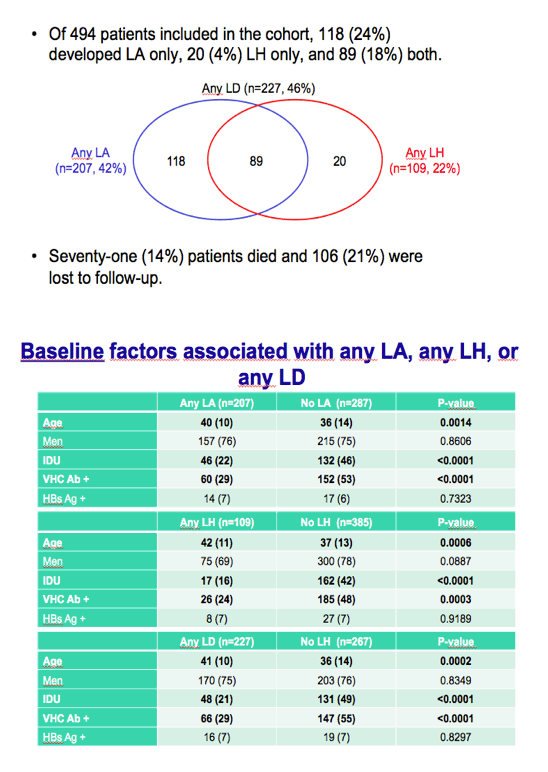
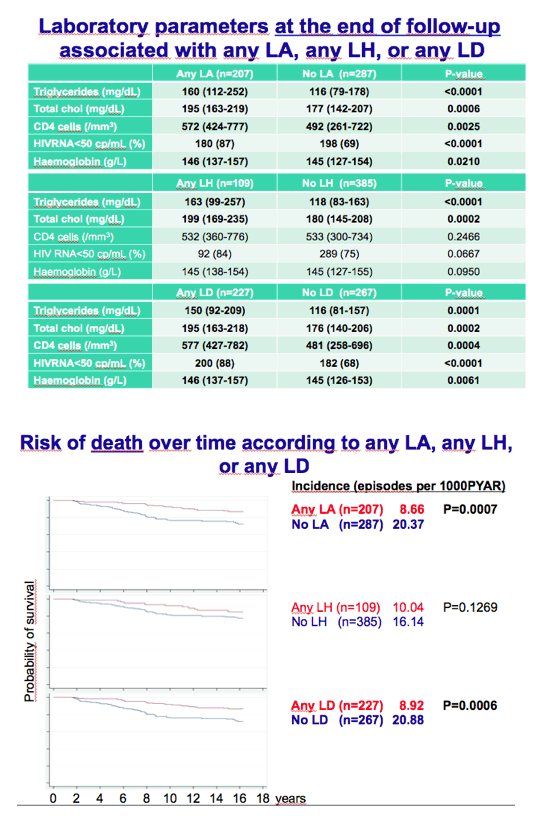
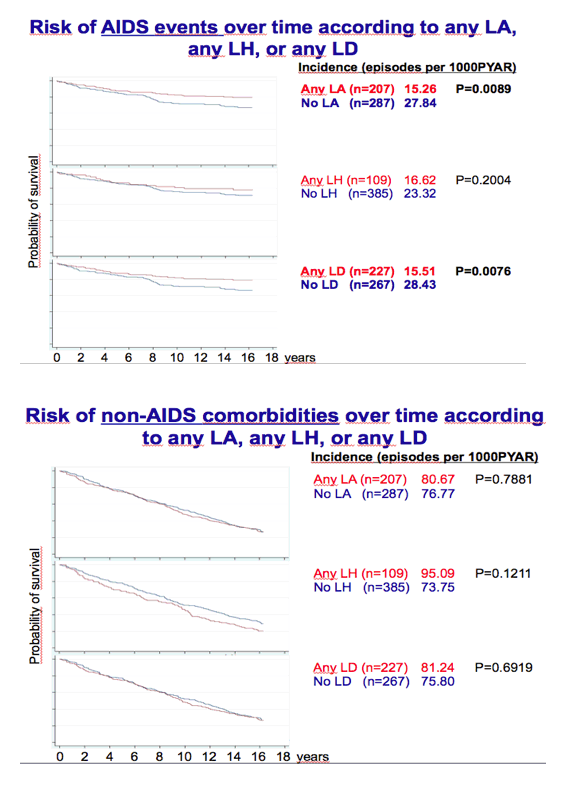
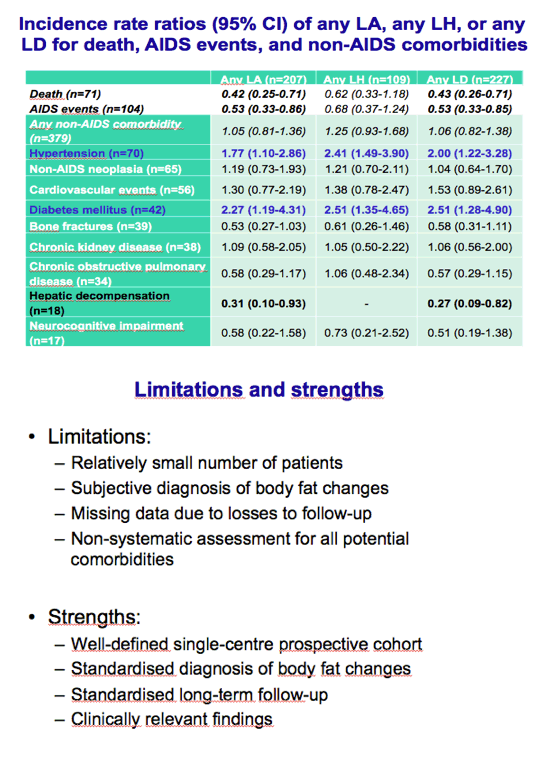
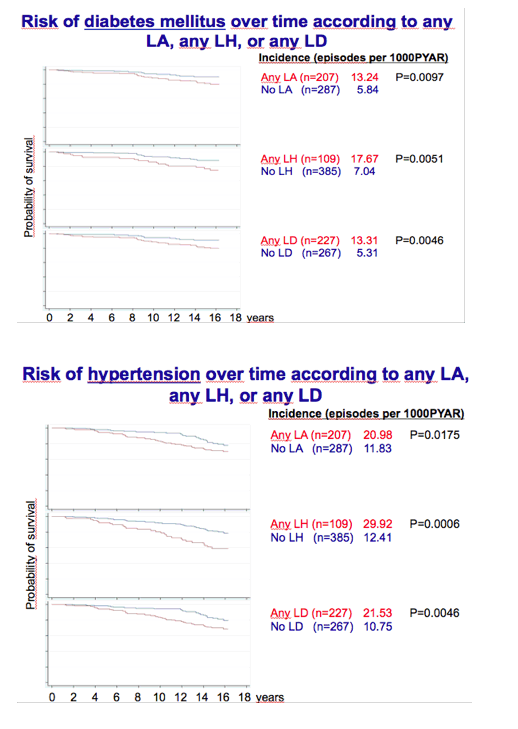

|
| |
|
 |
 |
|
|